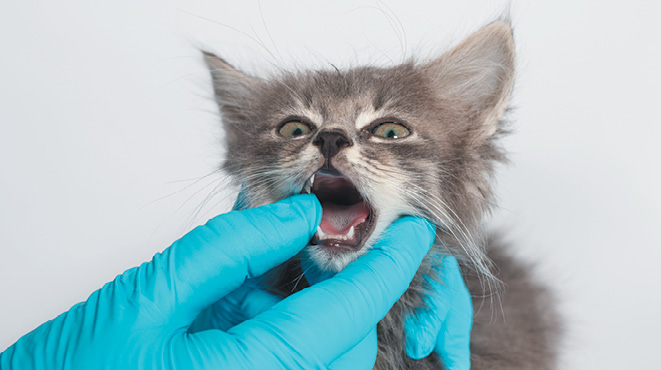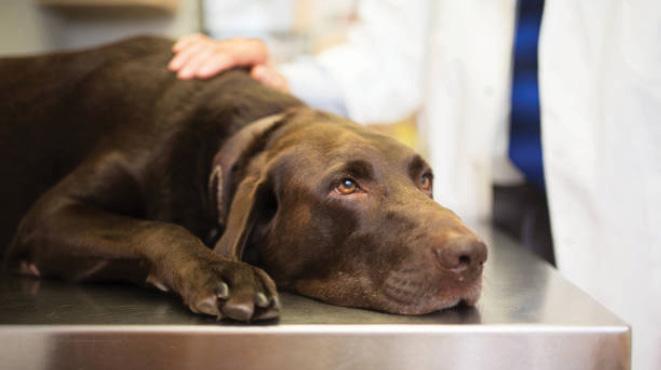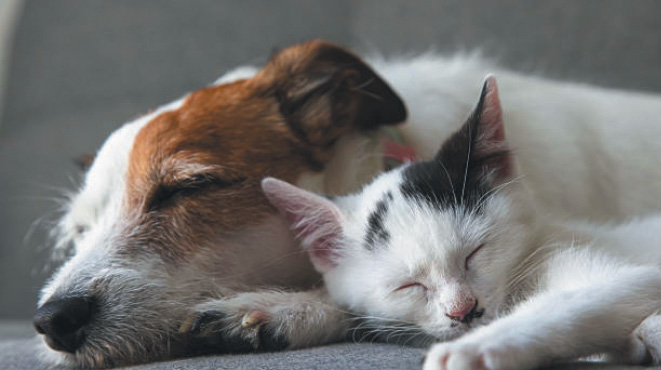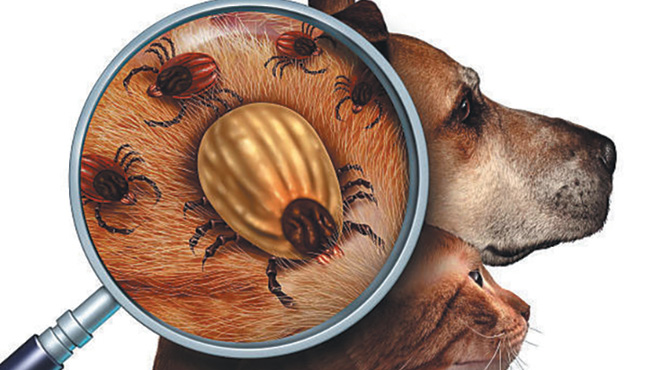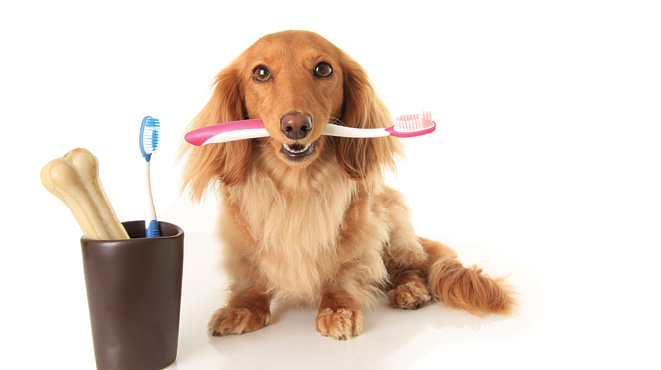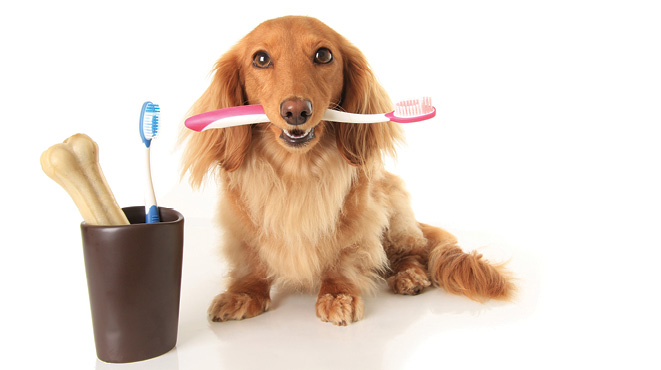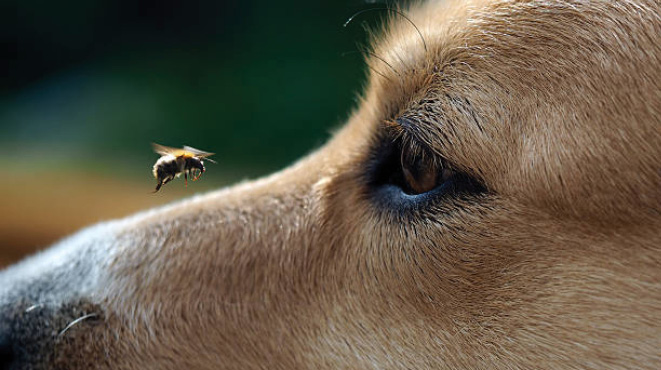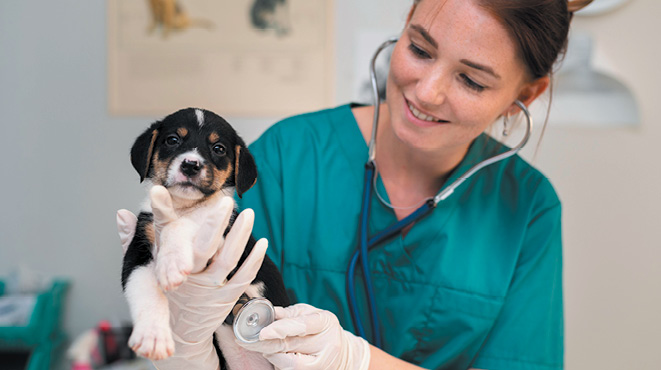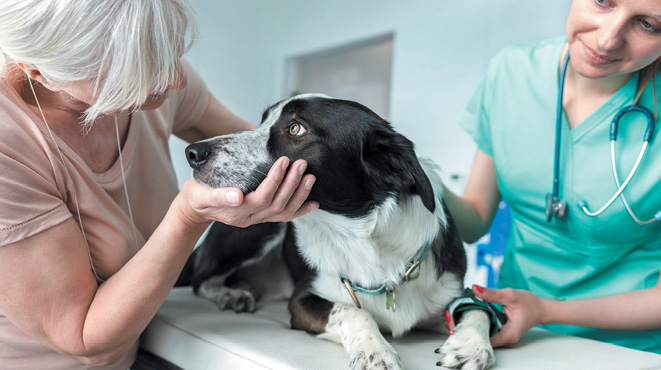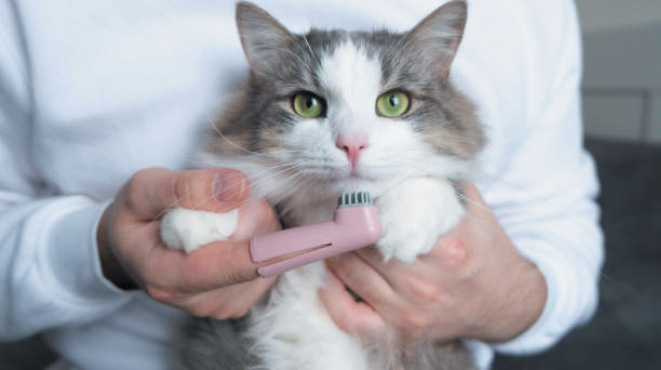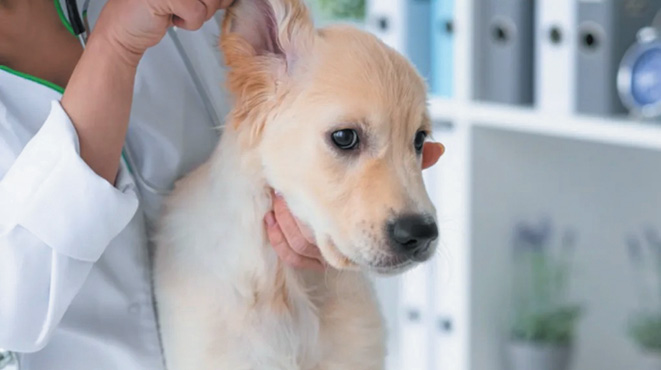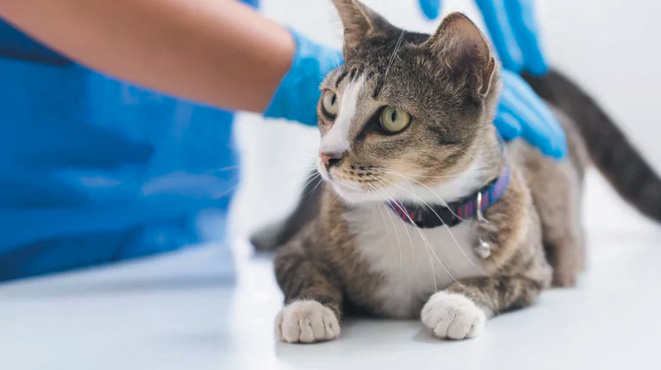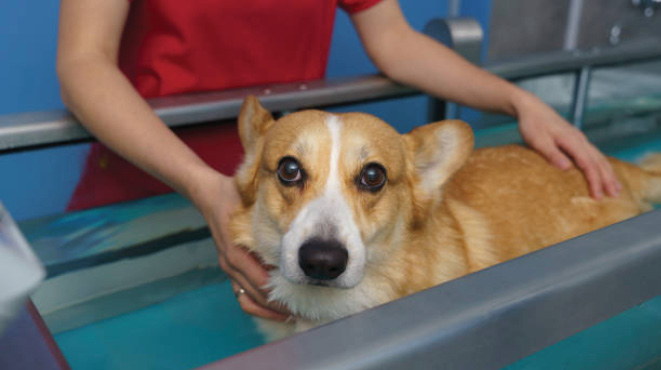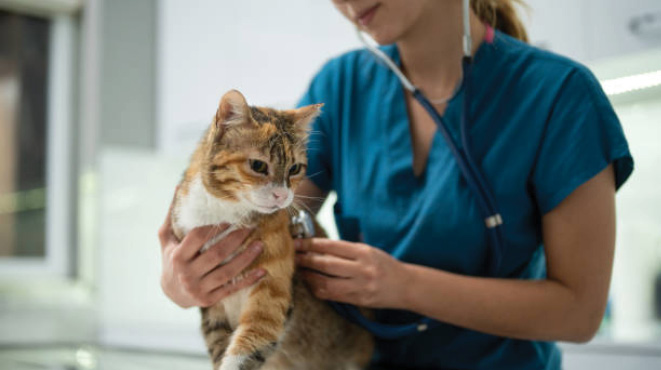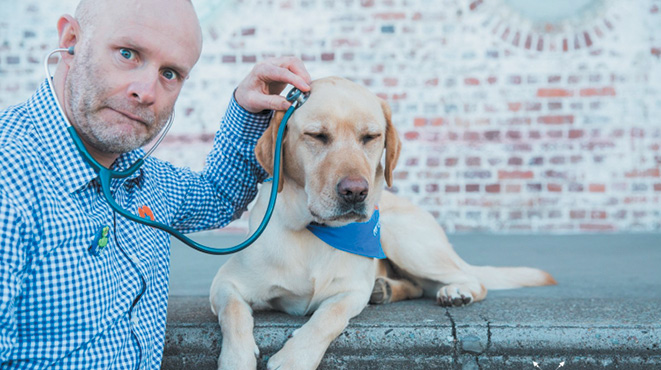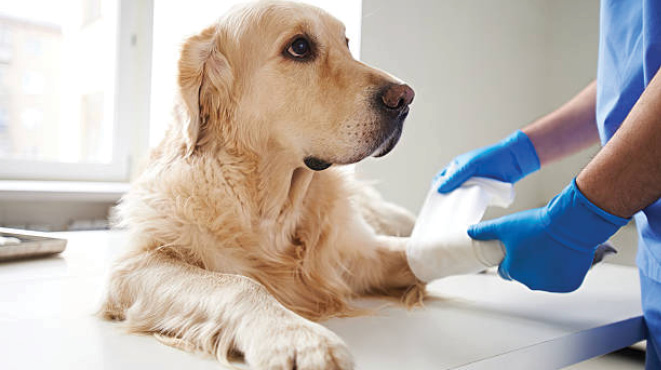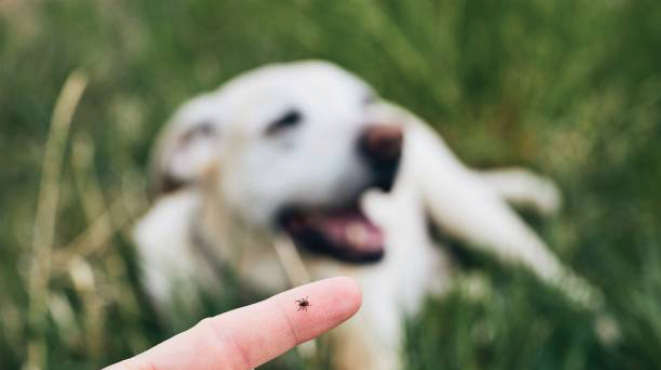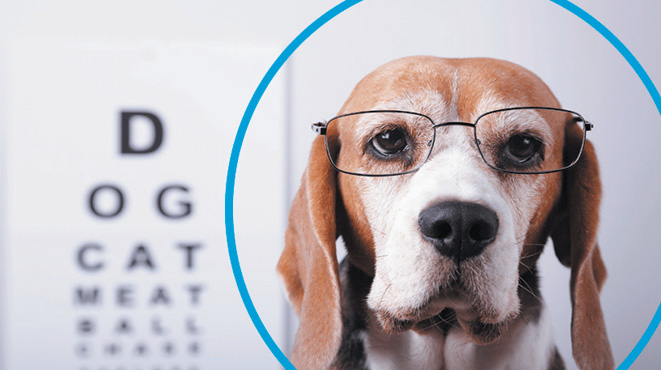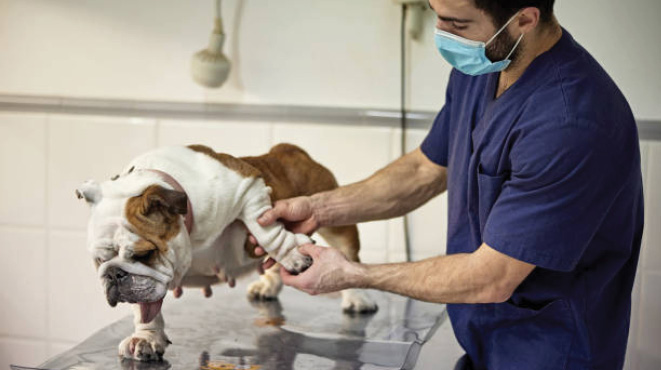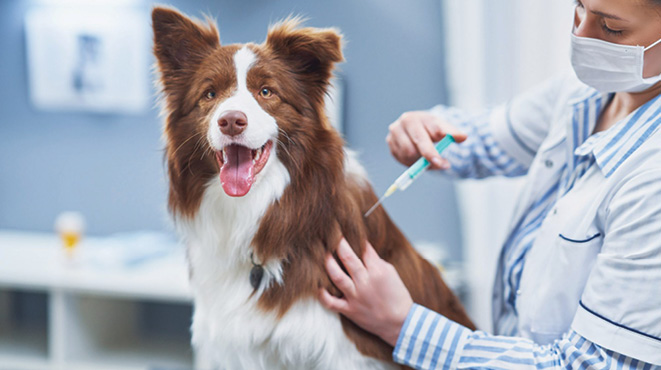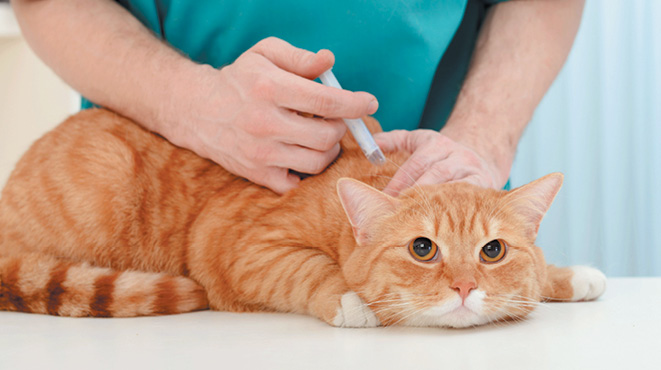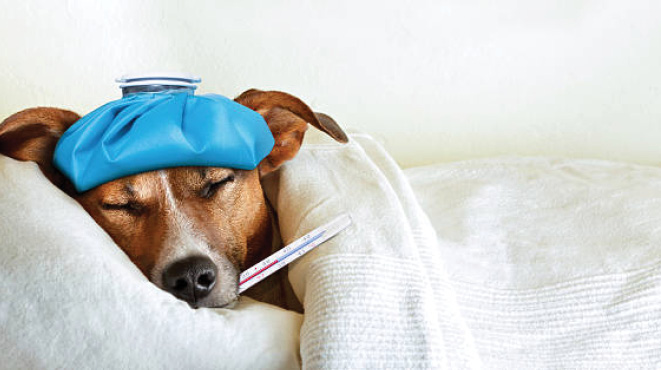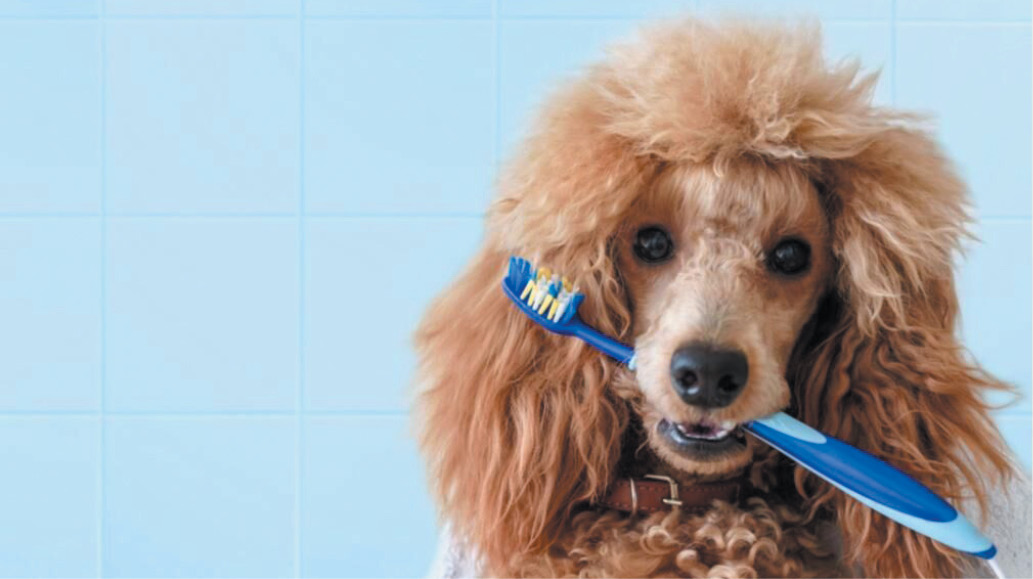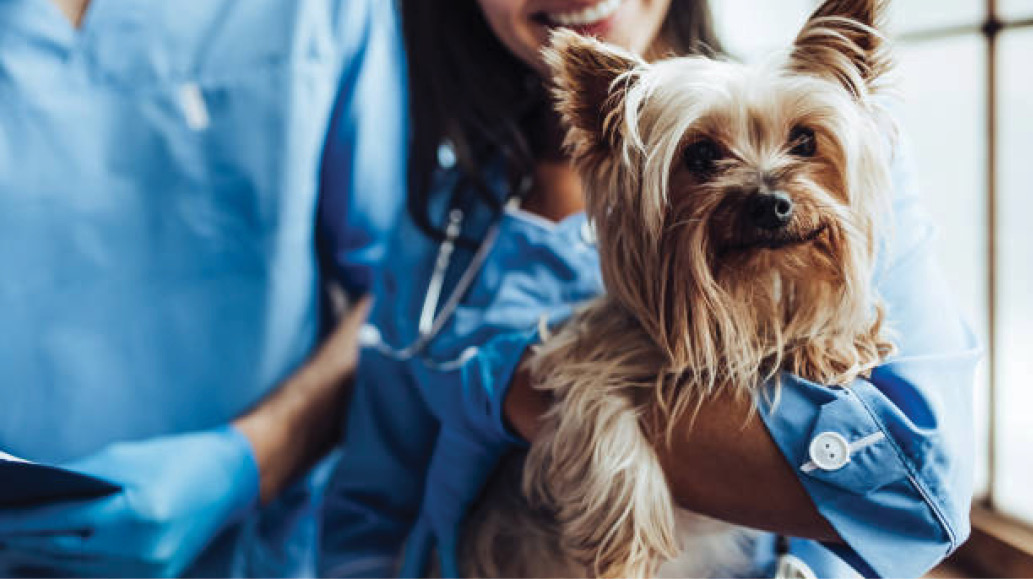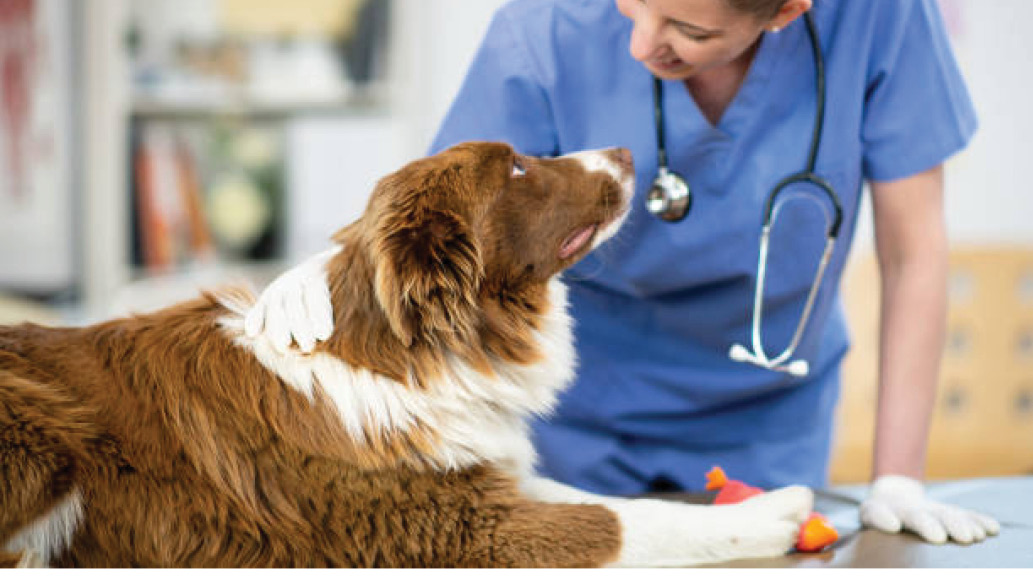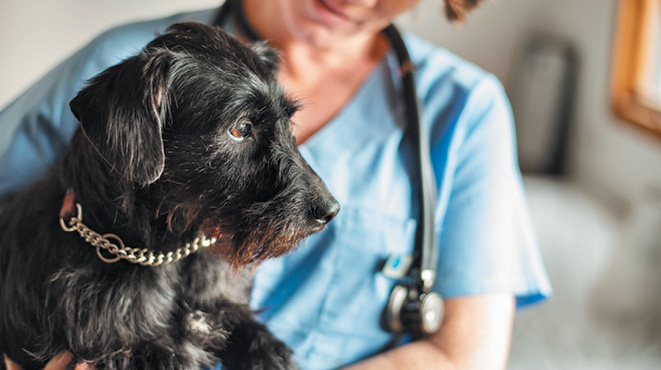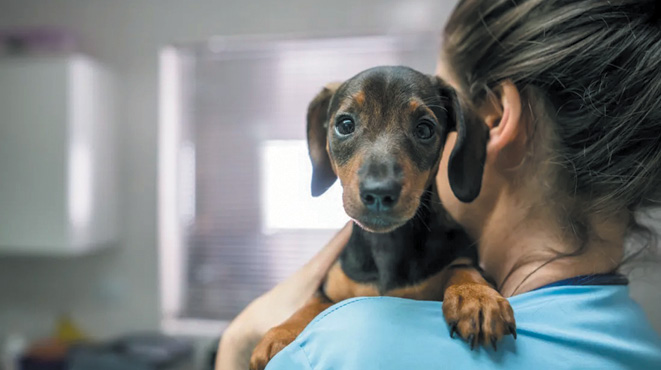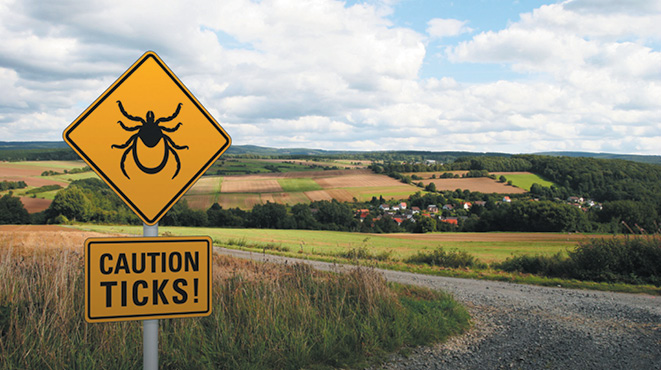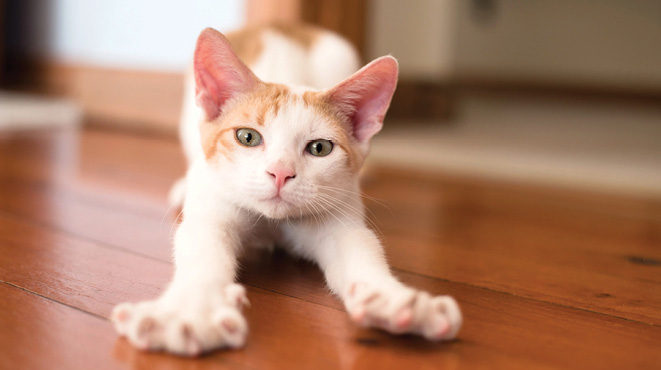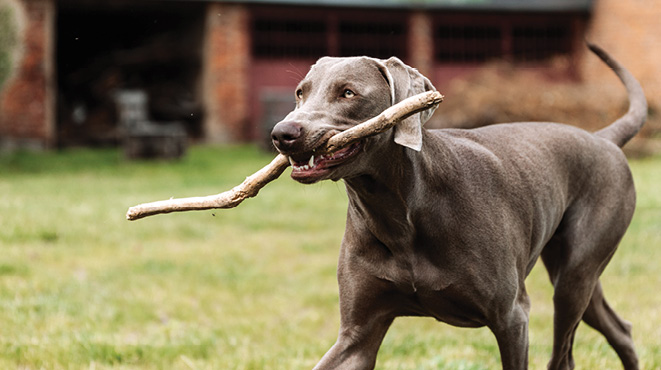BY DR NICKY THOMAS, WYNNUM MANLY VETERINARY HOSPITAL
 Cats can suffer from many different dental problems – periodontal disease, fractured teeth, and oral tumours are all common. Tooth resorption is another common condition seen in over half of cats over the age of three years.
Cats can suffer from many different dental problems – periodontal disease, fractured teeth, and oral tumours are all common. Tooth resorption is another common condition seen in over half of cats over the age of three years.
What is tooth resorption?
Tooth resorption (also known as FORLs or feline oral resorptive lesions) occurs when tooth roots erode and are replaced by bone. The erosion begins at the outside of the tooth where the gum meets the dental hard tissue and most commonly occurs in the lower premolars. Resorption starts at the gumline and progresses to erode the dentin, leaving the sensitive inner tissues of the tooth exposed. Bacterial infection of the pulp of the tooth may then occur as the hard protective layer of dental tissue is absent. It is suspected that this condition is caused by an autoimmune process.
What are the signs of tooth resorption?
Cats with resorptive lesions may show signs including excessive salivation, blood in the mouth, decreased appetite, and difficulty eating. Cats are very good at hiding pain so it may not be obvious that there is dental disease occurring until it is quite advanced. Your veterinarian will likely recommend dental X-rays to diagnose the presence of these lesions.
How are FORLs treated?
Treatment of tooth resorption requires extraction of the affected tooth. This is performed under general anaesthesia. Removal of damaged teeth often results in immediate relief.
Regular dental check-ups throughout your cat’s life are advised in order to diagnose and treat dental disease and prevent painful conditions developing unnoticed.

